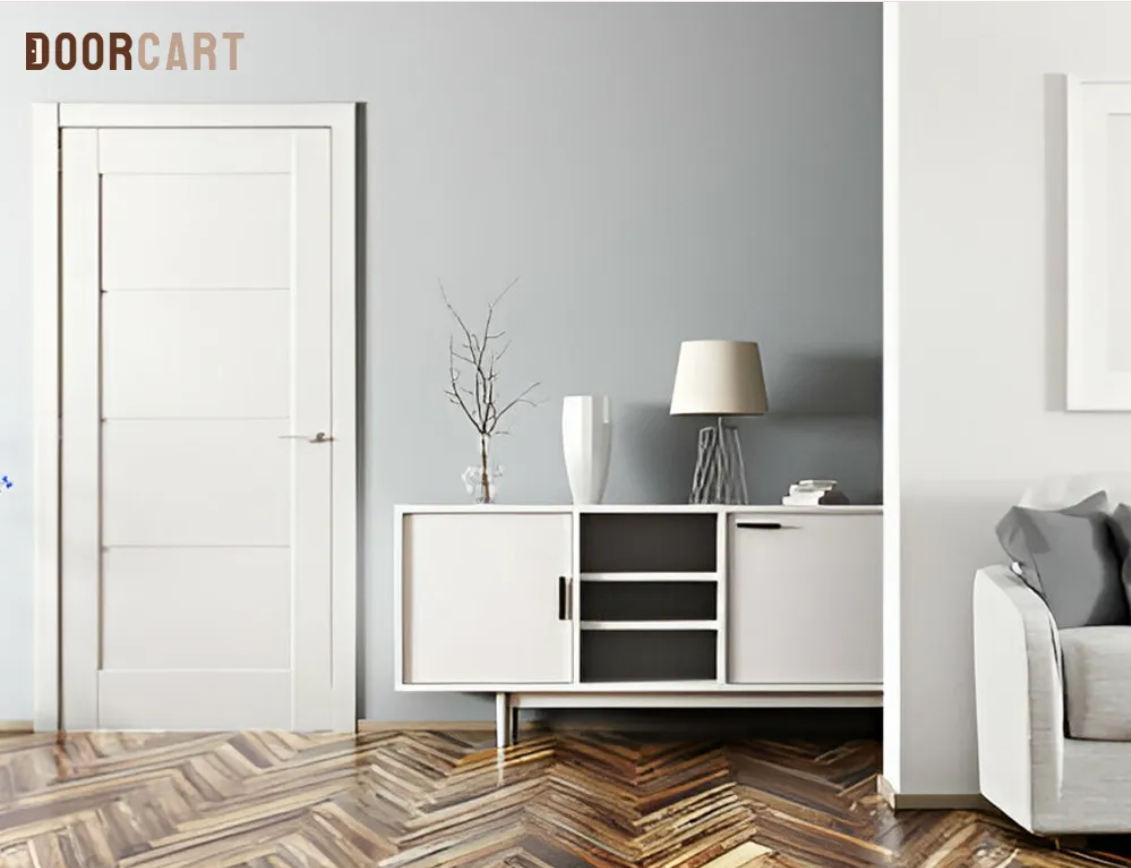When it comes to installing doors in a home or commercial space, prehung doors are a popular choice due to their convenience and ease of installation. Whether you're renovating or building from scratch, understanding the differences between prehung interior doors and prehung exterior doors can help you make the best decision for your project. This guide will explore what prehung doors are, their benefits, installation considerations, and key differences between interior and exterior prehung doors.
What Are Prehung Doors?
A prehung door is a complete door system that comes pre-assembled in a frame, including the door slab, hinges, and jambs. Unlike slab doors (which are just the door itself without any hardware or frame), prehung doors are ready to be installed into a rough opening with minimal additional work.
Components of a Prehung Door:
-
Door Slab – The actual door panel that swings open and closed.
-
Door Frame (Jamb) – The surrounding structure that holds the door in place.
-
Hinges – Typically three hinges are pre-attached to the door and frame.
-
Door Stop – A molding strip that prevents the door from swinging too far.
-
Pre-Drilled Holes – For the doorknob and latch mechanism.
Prehung doors are available for both interior and exterior applications, with key differences in materials, insulation, and security features.
Prehung Interior Doors
Prehung interior doors are designed for use inside a home or building, separating rooms, closets, and other internal spaces. They are typically lighter and less robust than exterior doors since they don’t need to withstand weather or provide security.
Types of Prehung Interior Doors
-
Solid Wood Doors – Made from hardwood or engineered wood, offering durability and a premium look.
-
Hollow Core Doors – Lightweight and affordable, with a honeycomb interior structure.
-
Solid Core Doors – Heavier than hollow core, providing better sound insulation.
-
French Doors – Feature glass panels, allowing light to pass between rooms.
-
Bifold & Sliding Doors – Space-saving options for closets and pantries.
Benefits of Prehung Interior Doors
-
Easy Installation – Comes fully assembled, reducing labor time.
-
Perfect Alignment – Hinges and frame are pre-fitted, minimizing errors.
-
Variety of Styles – Available in different materials, finishes, and designs.
-
No Need for Mortising – Hinges are already recessed into the door and frame.
Installation Considerations
-
Rough Opening Size – Must match the prehung door dimensions.
-
Flooring Height – Ensure the door clears carpets or hardwood floors.
-
Shimming & Leveling – Proper shimming ensures the door operates smoothly.
Prehung Exterior Doors
Prehung exterior doors are built for durability, security, and weather resistance. They are heavier and more robust than interior doors, often featuring insulation, weatherstripping, and reinforced locks.
Types of Prehung Exterior Doors
-
Steel Doors – Highly secure and energy-efficient, resistant to warping.
-
Fiberglass Doors – Durable, low-maintenance, and good insulation properties.
-
Solid Wood Doors – Aesthetic appeal but require more maintenance.
-
Glass-Panel Doors – Allow natural light but may need additional security.
Benefits of Prehung Exterior Doors
-
Weatherproofing – Includes thresholds and seals to prevent drafts.
-
Enhanced Security – Stronger frames and multi-point locking systems.
-
Energy Efficiency – Insulated cores reduce heat loss.
-
Professional Fit – Pre-assembled for a tight, secure installation.
Installation Considerations
-
Threshold Height – Must prevent water infiltration.
-
Weatherstripping – Essential for energy efficiency.
-
Structural Support – Exterior doors require sturdy framing.
Key Differences Between Prehung Interior and Exterior Doors
| Feature |
Prehung Interior Doors |
Prehung Exterior Doors |
| Material |
Lightweight (hollow/solid core, wood) |
Heavy-duty (steel, fiberglass, solid wood) |
| Insulation |
Minimal or none |
High (foam cores, weatherstripping) |
| Security |
Basic locks |
Deadbolts, multi-point locks |
| Weather Resistance |
Not required |
Sealed against rain, wind, and temperature changes |
| Cost |
Affordable |
More expensive due to materials and features |
How to Install a Prehung Door
Tools Needed:
-
Level
-
Shims
-
Screwdriver
-
Hammer & nails
-
Drill
Steps for Installation:
-
Prepare the Rough Opening – Ensure it matches the door size.
-
Insert the Prehung Door – Place it into the opening, checking for level.
-
Shim the Frame – Adjust with shims to ensure plumb alignment.
-
Secure the Frame – Nail or screw into place.
-
Test the Door Swing – Ensure smooth operation.
-
Install Trim & Hardware – Add casing and doorknob.
Conclusion
Prehung doors offer a convenient, time-saving solution for both interior and exterior applications. Prehung interior doors are ideal for quick room divisions with minimal installation effort, while prehung exterior doors provide security, insulation, and durability against the elements. By understanding the differences and installation requirements, homeowners and contractors can choose the best option for their needs.
Whether you're updating a bedroom door or installing a new front entryway, prehung doors simplify the process while ensuring a professional finish. Always measure carefully, follow installation guidelines, and consider hiring a professional for exterior door installations to guarantee a weather-tight and secure fit.
Would you like recommendations on specific brands or materials for your project? Let me know how I can help further!









Share this page with your family and friends.